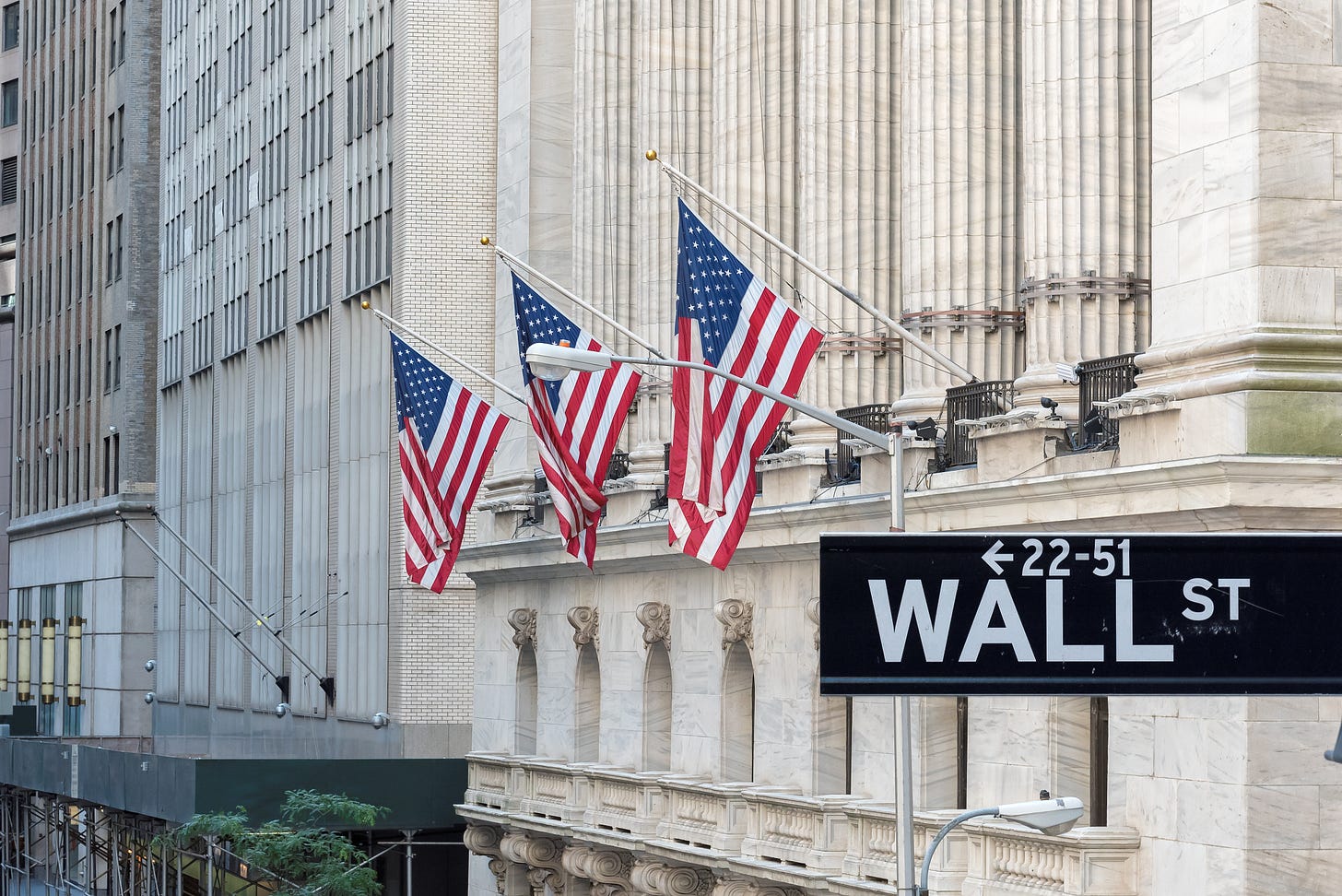The Great Financial Illusion - Why the Stock Market Is So High While the Economy Is Collapsing
The Stock Market Isn’t the Economy — It’s a Mirror That’s Cracked
Keep reading with a 7-day free trial
Subscribe to World Affairs in Context to keep reading this post and get 7 days of free access to the full post archives.



